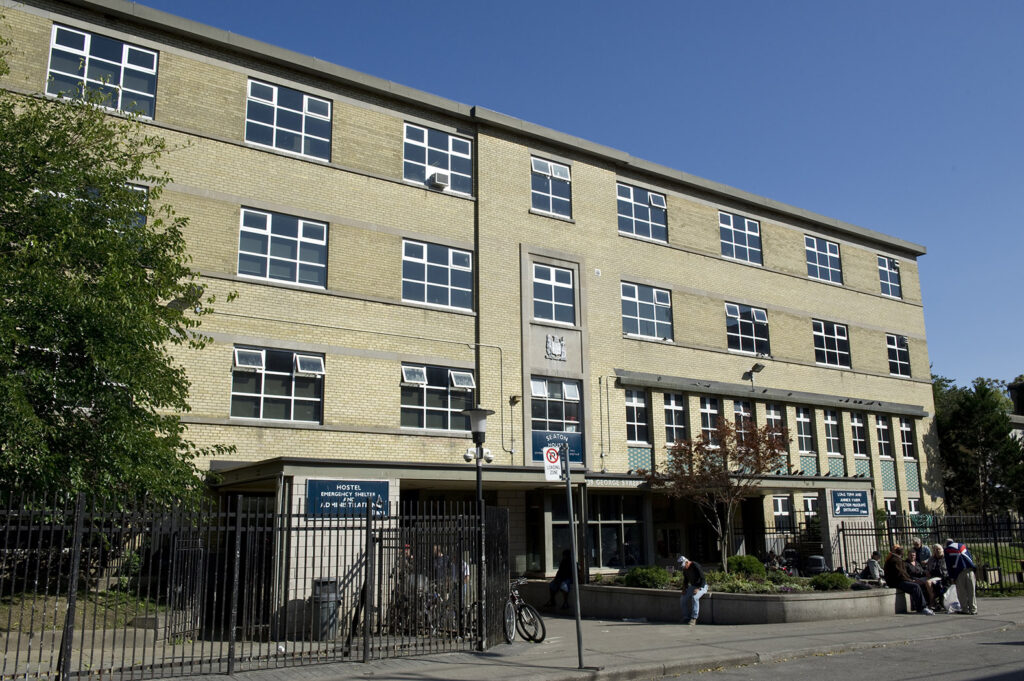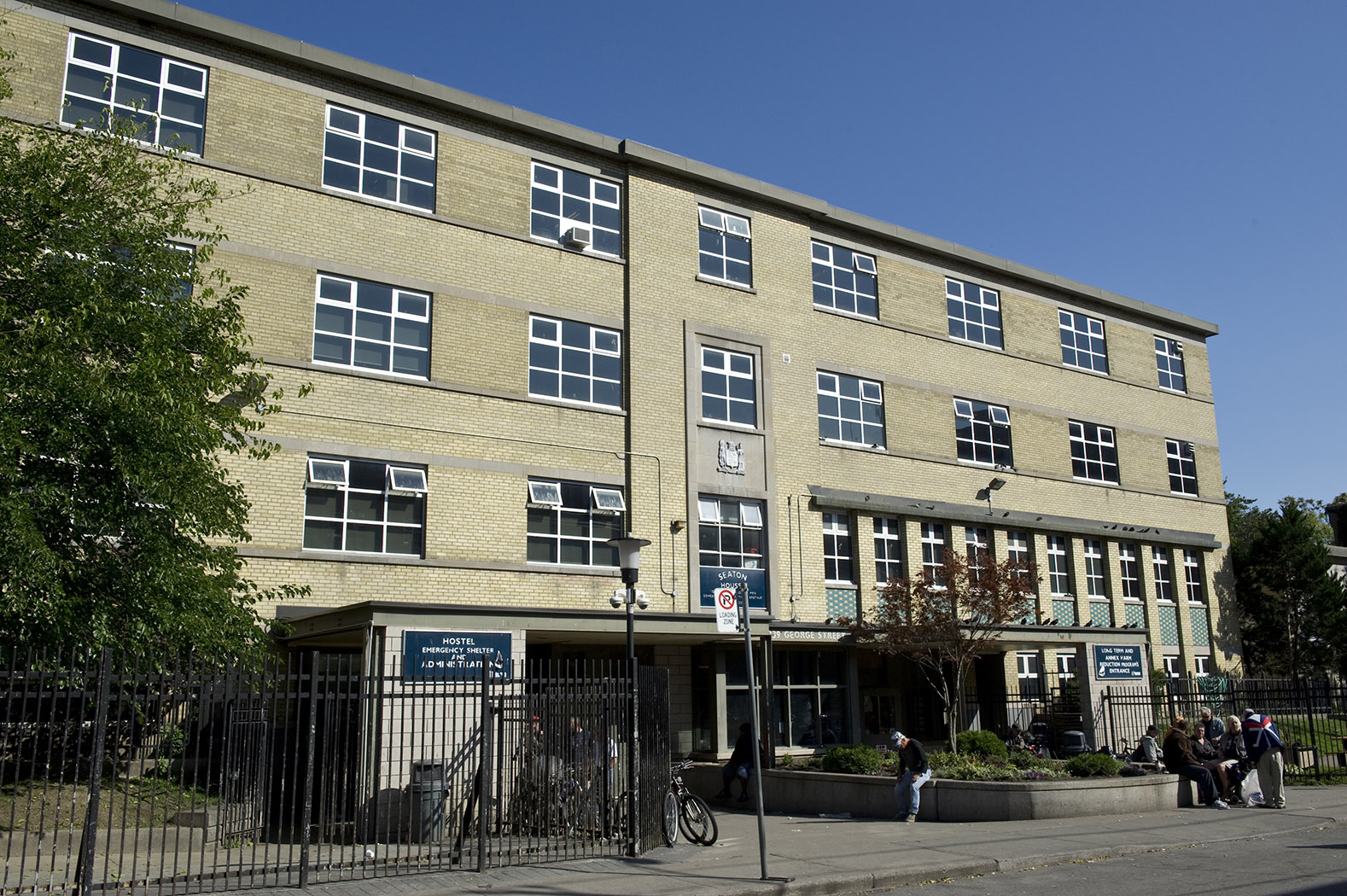By Andre Bermon, Publisher/Editor –
A confidential report made public has confirmed City Council’s decision to end the public-private partnership for the long-awaited George Street Revitalization project. Instead, the city is looking to lead the revitalization itself to “meet the original project vision…within the approved budget.”
Council has earmarked approximately $560 million to upgrade the city’s downtown shelter known as Seaton House, add affordable housing and improve the surrounding streetscape on George Street between Dundas and Gerrard Streets. Seaton House, built in 1959, has about 350 beds in different categories such as long-term care and general shelter space.
Conceived in 2009, the revitalization plan was passed in principle in 2013. Council then deliberated on a construction and financing model, eventually deciding on a public-private partnership (P3) involving collaboration with the Crown corporation Infrastructure Ontario (IO) as the procurement lead.
This was the first time the city pursued a P3 process for a construction project.
According to city documents, the rationale was to “leverage” IO’s track record working with private corporations and save the city upfront financial costs.
Under the P3 design-build-finance model, the city would transfer the risks to the private sector. The city would pay the construction and financing costs upon completion and assume responsibility for maintenance.
The estimated completion date was 2027, but with the city now taking over, staff have moved the goal to 2029 or 2030. It expects to have a design by the end of 2025, before construction begins.
Ward 13 Councillor Chris Moise told the bridge that city staff, including the mayor’s office, were not happy with what IO recommended.
“If the city went into it alone, it probably would get a better bang for our buck,” said Moise, who accuses IO of “watering down” the project.
Moise stated he’s focused less on spending money for shelter space and more on building additional affordable and supportive housing with wrap-around-services, by adding density.
The Request for Qualification issued by IO and the City of Toronto in November 2020 called for 622,000 square feet of new construction, restored heritage buildings and streetscape improvements. It included a shelter program with 100 beds for homeless men, a 378-bed long-term care home, a 130-bed transitional living program for homeless people requiring intensive care and substance abuse support, 21 units of affordable housing and a community service hub.

Current day Seaton House building located at 339 George Street. Image City of Toronto
In August 2022, IO announced two prequalified teams of builders: one led by EllisDon and the other by Bird Construction Inc.
According to a city staff report published January 16, the Covid-19 outbreak along with disruptions in the construction sector, were two major factors that contributed to the project’s delay. Submissions for the next step, Request for Proposal, were never made public.
Asked to comment, a city spokesperson wrote “This transfer of project responsibility to the City gives rise to an opportunity to revisit the project scope and emphasize urgent Council-adopted strategic priorities, such as affordable housing. City staff will work to determine what can be achieved through the George Street Revitalization project in a City-delivered context while ensuring the needs of the community are met.”
Financial aspects of the revitalization project, including how much money has already been spent, remain confidential.
“We want to do it right,” said Moise. “This community … would like the end result having not just a focus on shelter, but really affordable housing and wrap-around-services.”




